S.B. Independent
Says Goodbye to
One of Its Founders
Richard Parker Leaves Behind Legacy of Commitment to Social Justice
By Nick Welsh | September 1, 2022

I remember my first impression of Richard Parker. “No one,” I thought, “should be that comfortable in their own skin.”
But he was. Or in that moment, he seemed to be.
Richard Parker had just walked into a meeting room at La Casa de la Raza in 1984 to address an exceptionally agitated gathering. He’d flown 3,000 miles cross-country to join this meeting, the purpose of which to decide what to do with the financially desperate Santa Barbara News & Review, a worker-owned and collectively operated newspaper that was started in 1972 as an unabashedly leftist progressive voice for the Santa Barbara community. The question before the group was: Should they sell it or just pull the plug? The decision, it turned out, would have far-reaching consequences, since the News & Review was one of the foundational publications out of which the Santa Barbara Independent would later spring.
At the time, however, the apprehension and distrust in the room was palpable. Half the people there — past and current News & Review reporters, writers, editors, artists, designers, photographers, salespeople, and business managers — believed the other half was there to sell them out.
I had the dubious distinction of being the last editor of this experiment in collective journalism. Richard Parker, it turns out, had been the very first. In fact, Parker played a pivotal role in midwifing the birth of the News & Review. In between came many smart, talented, dedicated newspaper people, many of whom were in the room that day.

As a philanthropist who helped guide the philanthropic impulse of Kit Tremaine’s vast wealth, Parker would help give away $55 million to progressive organizations throughout the country. For about 20 years, some of that that money would profoundly affect the tilt of Santa Barbara’s politics. | Credit: Courtesy
The News & Review was where many of us came to be who we would eventually become. Over the years, the paper had published some ground-shaking investigative reporting. A district attorney would be forced from office because of his associations with real estate speculators implicated in an arson scheme uncovered by the News & Review. A prominent counter-cultural commune would be exposed as a cult whose leaders were amassing firearms for target practice and “self-defense.” And the paper had a field day when a developer was caught on tape trying to bribe a new county supervisor to allow massive development along the Gaviota coast.
Did such an enterprising newspaper have to be sold? Some of the collective’s shareholders were dubious. At one point, there’d been talk of the prior employees taking over the paper from the current workers and running it themselves. Conversely, there had been muttering about shutting down the paper should the old guard try such a maneuver. Naturally, nothing came from any of this. But it conveys the pitch and tone of the gathering into which Parker stepped.
The $64 million question at the time, of course, was who should buy the paper.
Parker was there at that meeting as a prospective investor along with Marianne Partridge — then best known for her work at the Village Voice and Rolling Stone. She had moved to Santa Barbara when she married a descendant of Santa Barbara’s historic De la Guerra family, and together with a third friend, they wanted to buy the News & Review. Two other offers were also on the table. One was very serious. Anyone who’d ever worked six months at the News & Review could vote; the longer one worked there, the more votes they had to cast. It wasn’t business; it was personal.
Parker made his pitch. I don’t remember much of what he said. Mostly, I was blown away by the ease and command with which he said it. He was charming; he was glib; he was funny. But he was more than that. He was eloquent. The son of an Episcopalian minister, Parker could preach. So in that moment, he preached about the values everyone there held in common and the passions we shared in keeping the News & Review afloat. I can’t say for certain his sermon changed anyone’s mind. But the temperature in the room decidedly dropped.
Later, Marianne Partridge would also address the assembled multitudes. I remember her talking about alienation and how a community newspaper could remedy its corrosive effects. Stylistically, she embodied all the careening improvisational chaos of a good stand-up comedian. She was dazzling. But afterward, Partridge’s car would not start. Somehow, I found myself dragooned into helping her push it down Montecito Street. Another writer was behind the wheel, waiting for the right moment to pop the clutch. This was not an auspicious metaphor, I told Partridge as we pushed. She shrugged. I’d be well-advised, she cautioned, not to put too much stock in metaphors. That was funny advice, I thought, coming from an editor.

Ultimately, the Parker-Partridge package would prevail. (Another investor, Richard Grand-Jean and his wife, Christine Doudna, were also involved and remain so to this day.) Pretty much from that moment until earlier this year, Richard Parker, Marianne Partridge, and I have been pushing that car — or variants thereof — nonstop in our own different ways.
Throughout its sometimes tortured trajectory, the News & Review would morph from the worker-owned collective that Parker helped found in 1972 to the privately owned incarnation of the same that Partridge would run. Then, in 1986, it would fuse with the Santa Barbara Weekly to become the Santa Barbara Independent.
The rest, as they say, is mystery.
I mention all this because earlier this past year, Richard Parker, now 75, decided the time had come to sell his shares in the Independent to Sonos cofounder John MacFarlane and to exit, stage left, from the paper’s ownership structure and retire from his responsibilities as a member of the board of directors. Parker also just stepped down from the Kennedy School at Harvard, where he taught as a senior fellow and lecturer the past 30 years and was voted three times by his students as professor of the year.
Over the years, the Independent has weathered the boom-and-bust cycle endemic to print journalism in America. In addition, we’ve had all the usual ownership disputes, lawsuits threatened and delivered, and attempted buy-outs. If that weren’t enough, we’ve all had to grapple with the impacts of the pandemic.
And then there are the more profoundly unsettling realities of how people now get their news and what they’re willing to pay for it.
Throughout all this, Parker never succumbed to the “journalism is dead” pessimism popular with the sky-is-falling set. He held steady.
As an owner, Parker was first and foremost committed to the mission of community journalism. He was never passive. At times, admittedly, it could get crazy-making. But Parker also came up with suggestions and new ideas the paper could try. Above all else, he was engaged.
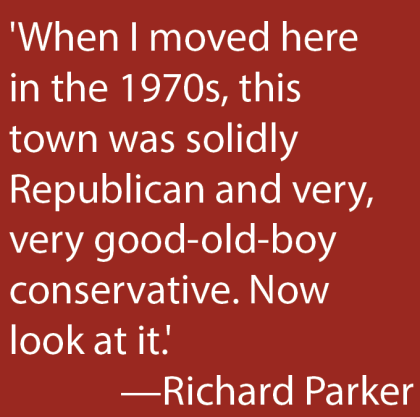
“He stood by the paper in tough times and good times,” said Marianne Partridge, the Independent’s editor-in-chief and Parker’s longtime journalistic dance partner. “He was a stand-up guy, and he really stood up for the paper.” Parker was never about cutting costs just for the sake of saving money; it was always about maintaining the economic viability of the paper so it could serve as an agent for progressive social change and as an instrument for community journalism.
“Words matter,” Parker said. “Words have consequences. Look at the changes someone like [Rupert] Murdoch has made with Fox News. But it goes the other way, too. I got into journalism to help make change in this community. The Independent has provided a consistent progressive liberal voice. When I moved here in the 1970s, this town was solidly Republican and very, very good-old-boy conservative. Now look at it. A paper can help change a community. This validates the reason I went into journalism and not the ministry.”
Parker grew up in Hermosa Beach in a neighborhood then populated by $10,000 homes and white-collar aerospace workers. Parker’s father was an Episcopal minister. The 10 Commandments, as preached in the Parker household, bore an uncanny likeness to the policies of the New Deal as espoused by Franklin Delano Roosevelt. At its core, there was an abiding concern about the essential inequality in the division of spoils as dished out by the American economy. Parker graduated from Mira Costa High School in 1964, from Dartmouth University in 1968 with a degree in economics, and from Oxford in 1972 with a PhD in the same field.
Like many bent on a political and intellectual quest, Parker was drawn to Santa Barbara by the Center for the Study of Democratic Institutions, then a rambunctiously progressive think tank started by former University of Chicago Boy Wonder Robert Maynard Hutchins in the 1950s — and funded by the Ford Foundation. Its purpose was to give free rein to the questioning curiosities of Big Picture thinkers. Parker was especially drawn by the presence of John Cogley, a Catholic theologian, writer, political activist, and senior fellow at the Center, who converted to the Episcopalian church while with the Center. “He was a personal hero of mine,” Parker said.
In its heyday, the Center was both a national and local force to be reckoned with. It was there that Parker — a fellow with the Center — would strike relationships with the bigger-than-life likes of Ping Ferry and Stanley Sheinbaum; the latter would run for Congress here in Santa Barbara in the 1970s and later make international history brokering the 1993 Oslo Accords between the PLO and Israel. These connections would forever alter the course of Parker’s own personal and political trajectory.
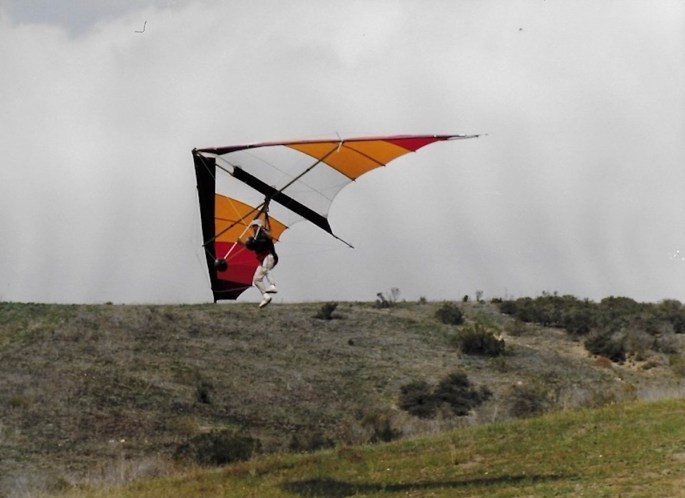
Parker teamed up with young progressive journalists Becca Wilson and Jim Gregory and, using money put up by Sheinbaum and Ferry, helped create the Santa Barbara News & Review. The paper was run collectively by workers paid starvation wages who enjoyed the collective lifestyle. It was not a job, but a cause. And it would become the journalistic megaphone by which Santa Barbara’s flourishing anti-war, civil rights, and environmental activists spoke to themselves and the community at large.
One day, Parker was taken out to lunch by Ferry — an outspoken political adventurer philanthropist not averse to stepping on toes, even if they belonged to FBI Director J. Edgar Hoover. Ferry told Parker he was leaving town and that Parker was to take over handling the affairs of an indescribably wealthy woman named Kit Tremaine, a onetime Mardi Gras queen then in the throes of a profound political awakening. “I was 25 years old,” Parker said. “I didn’t have a driver’s license.”
Parker — along with CPA David Peri — helped form the nucleus of what would become the Sunflower Foundation, which harnessed Tremaine’s vast wealth, rooted in oil and lumber, into political causes.
Over time, Parker worked closely with Tremaine, helping guide her political and social philanthropy that ended up supporting some of the most influential progressive organizations in Santa Barbara and the nation. When you are giving away $55 million you can make quite an impact.
Tremaine and Parker focused on social justice and civil rights, leaving the environmental philanthropy to others. Tremaine’s money helped get the Neighborhood Medical Clinic’s Westside offices opened. They underwrote the Santa Barbara Tenants Union, Network (a precursor of CAUSE) and umpteen projects having to do with the civil rights of homeless people. If not for Tremaine and Parker, Santa Barbara would have had no Legal Defense Center, which routinely took City Hall to court — and often won — over discriminatory practices regarding the unhoused. They trained local homeless people in the art of political organization, and for years, Santa Barbara had the most politically mobilized homeless population on the planet.

Nationally, it was the same but on a much bigger scale. Tremaine was a major underwriter of Native American rights and helped bankroll organizations fighting U.S. military intervention in places like El Salvador and Nicaragua. When one of my sisters got a job as an organizer working for the Committee in Solidarity with the People of El Salvador in Washington, D.C., she was working — indirectly — for Kit Tremaine.
Parker didn’t merely witness and observe Santa Barbara’s political transformation from small-town Republican bastion to environmentally minded progressive outpost; he helped engineer the essential political infrastructure that made it happen and sustained it.
Parker left the News & Review after three years to see if he could salvage — with Stanley Sheinbaum’s money — what was left of Ramparts magazine, then known for biting left-wing commentary and cutting-edge investigative reporting. He quickly discovered he could not. He then helped found Mother Jones, the magazine that among other things exposed how Ford executive Lee Iacocca turned the Ford Pinto into a fiery death trap rather than insert a simple safety device that would have added $20 to the car’s cost.
Along the way, he would advise the likes of Senator Ted Kennedy and Daniel Patrick Moynihan. In 1993, he became a senior fellow with the Shorenstein Center and lecturer at Harvard’s Kennedy School.
In 2005, Parker published what’s emerged as the definitive biography of John Kenneth Galbraith, one of the most politically influential economists of the 20th century. As a writer, Parker has a gift for fusing touching details with genuine erudition. Parker’s interest in the subject makes obvious sense. Like Parker, Galbraith focused on the consequences of economic inequality.
Parker tells war stories of late-night meetings with Galbraith and former President Bill Clinton. Even late at night, Galbraith — considerably older than Clinton and more liberal politically — could talk the famously vociferous ex-president under the table. As one such encounter came to a close, Parker recounted, Galbraith held a worn-out Clinton in a two-handed clasp, leaned in close, and said, “What this country doesn’t need is two Republican parties.”
Parker’s political journey started with journalism and the News & Review. Now that he’s sold his shares in the Independent and retired from Harvard, Parker is entertaining the idea of an RV trip across the country with his wife. “In this world we’re living in, I don’t know what’s next. I still worry about free speech. I still worry about the surveillance state,” he said. “I’m still very much about the paper.”
Over the years, countless people have applied their creative energies at the Santa Barbara Independent. They’ve all had their own reasons for wanting to do so. But one of the big reasons there was an Independent to work at, was the steadfast participation of Richard Parker. From all of us, thank you.

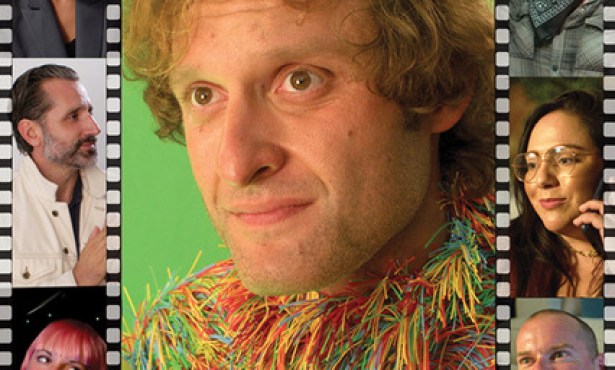
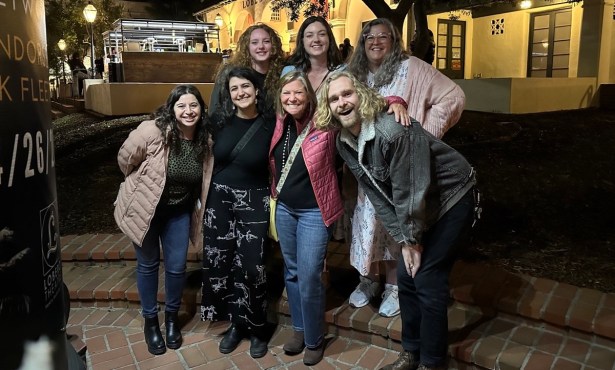
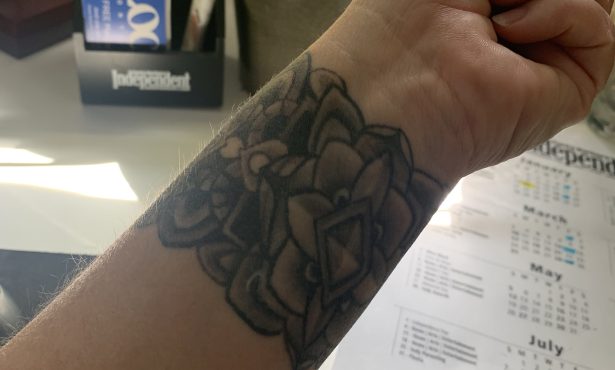
You must be logged in to post a comment.